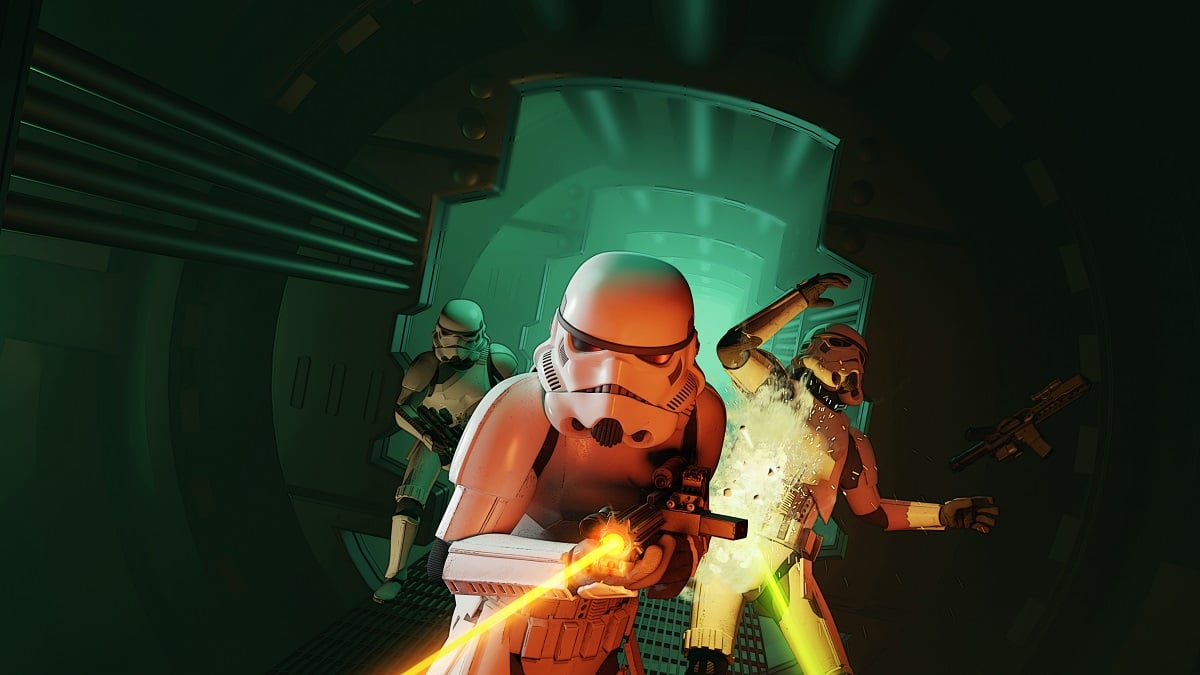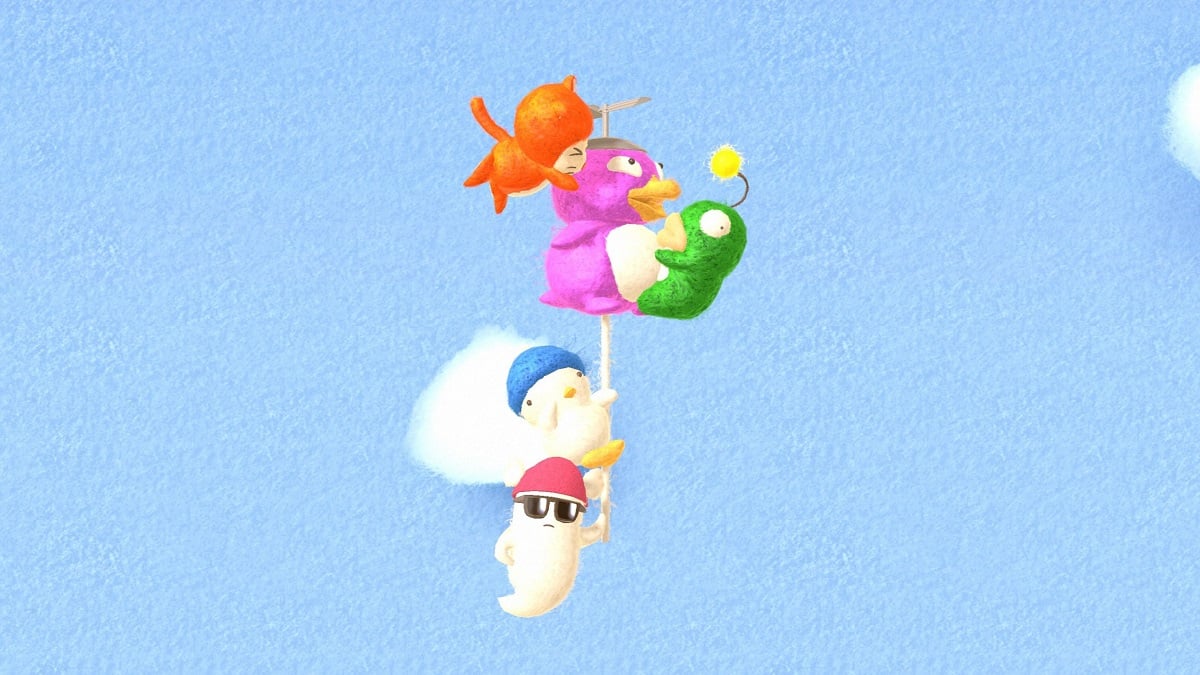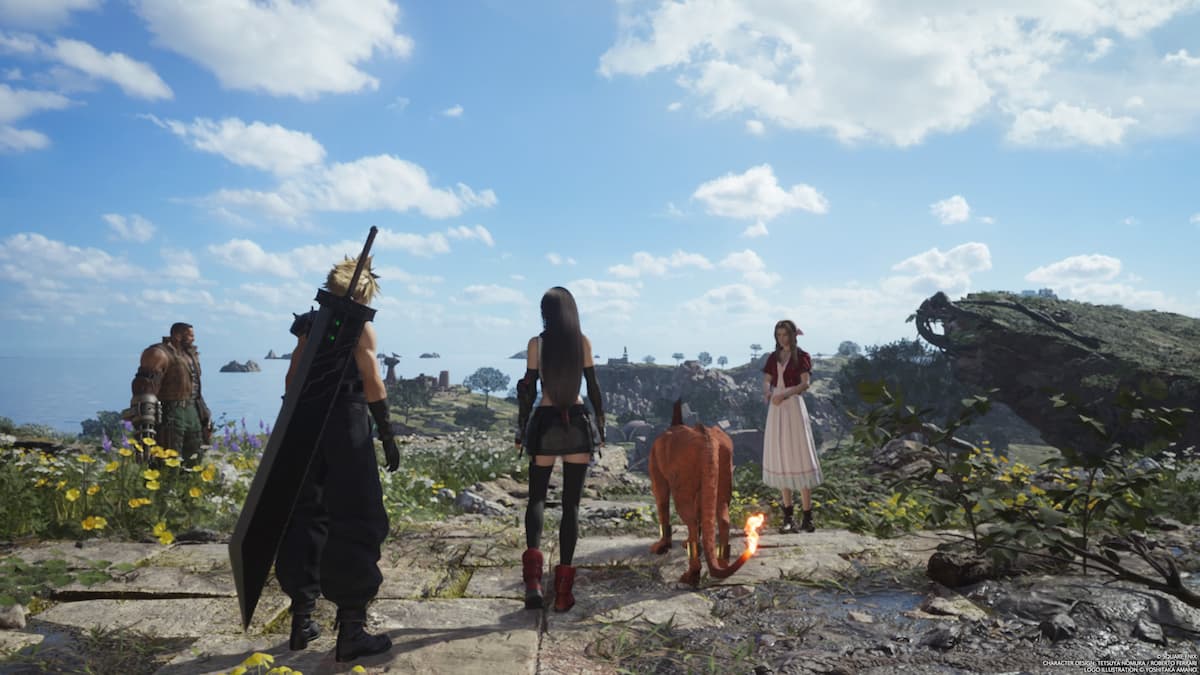Triangle Strategy is a deliberately paced strategy game that should appeal to fans of classic Fire Emblem or Final Fantasy Tactics games. The latest in Square Enix‘s “HD-2D” series of games, which combines pixel characters with detailed backgrounds, Triangle Strategy was developed by Tomoya Asano, the maker of Bravely Default and Octopath Traveler. Although this is a tactical RPG instead of a JRPG, this feels very much in spirit with those games, with a complex story, a wide cast of characters with not-too-overwhelming combat options, and a game that’s enjoyable but very slow-paced.
Triangle Strategy is set in Norzelia, a continent divided between three countries. Players are placed in control of Serenoa Wolffort, the young lord of one of Glenbrook’s high houses. Thirty years before the start of the game, Glenbrook and its neighboring countries Aesfrost and Hyzanthe entered into a fierce conflict known as the Saltiron War, driven by the iron deposits controlled by Aesfrost and the salt supply controlled by Hyzanthe. An uneasy peace emerged from this conflict brokered by Serenoa’s father, who became the military might behind Glenbrook in exchange for peace.
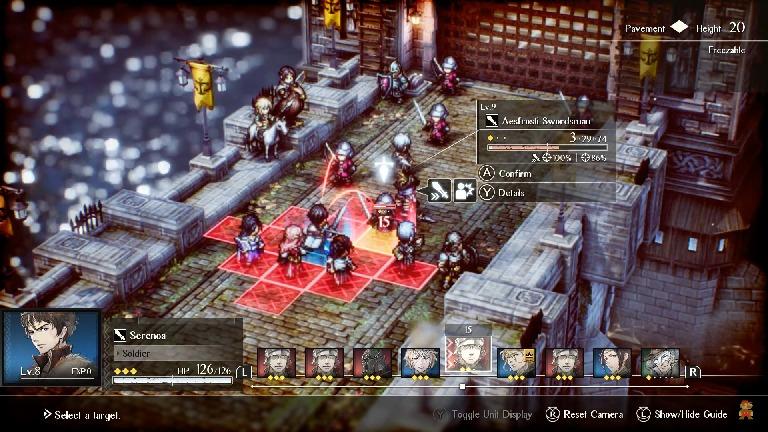
At the start of the game, Serenoa meets his betrothed Frederica Aesfrost for the first time. Frederica is a half-sister to the rulers of Aesfrost but is discriminated against because of her Rosellan heritage – a trait marked by her pink hair. The Aesfrosts hate her because she’s the daughter of a concubine, while Hyzanthe openly discriminates against Rosellans; thus, she quickly finds herself at home with Serenoa’s accepting family despite the complications that her presence brings. We also meet Prince Roland, the second prince of Glenbrook and Serenoa’s best friend, and House Wolffort’s advisor Benedict in the opening moments of the game. Each of these three characters represents one of Triangle Strategy’s three key “virtues” – utility, morality, and liberty – which become a critical part of how the story of Triangle Strategy unfolds.
After a few chapters of play to establish the world and the main characters, Serenoa and his friends are quickly thrown into another massive conflict, with multiple factions jockeying for power and advantage. While cliché to say, it all felt very Games of Thrones-esque, not only in how the conflict quickly escalated into full-scale war but also in how many factions were keen to use the chaos to their advantage. The story of Triangle Strategy is enjoyable although the characters seem to behave exactly as you’d expect. There are no big surprises in Triangle Strategy, even though the game tries to set them up. Everything is foreshadowed pretty heavily, so the betrayals and twists feel more like inevitabilities than shockers.
Roughly speaking, Triangle Strategy has two major modes of play. The first involves the story itself, which plays out over multiple cutscenes. As a new conflict between the three countries quickly escalates in Triangle Strategy, players are tasked with “strengthening Serenoa’s convictions” between the game’s three virtues, mostly through dialogue choices. While players can’t see whether Serenoa’s choices are leaning toward valuing morality more than liberty, these choices impact which characters join Serenoa’s cause and also impact how the story unfolds. At several points in the story, players will be asked to use the Scales of Conviction, a device that allows Serenoa’s inner circle to decide between two options. Players have the option to sway the NPCs towards one option over another, but doing so may result in leaning on one virtue over another. The choices made using the Scales of Conviction quickly escalate in terms of the consequences, which both made me feel like I had a real say in Serenoa’s ultimate destination and also regret my decisions several times.
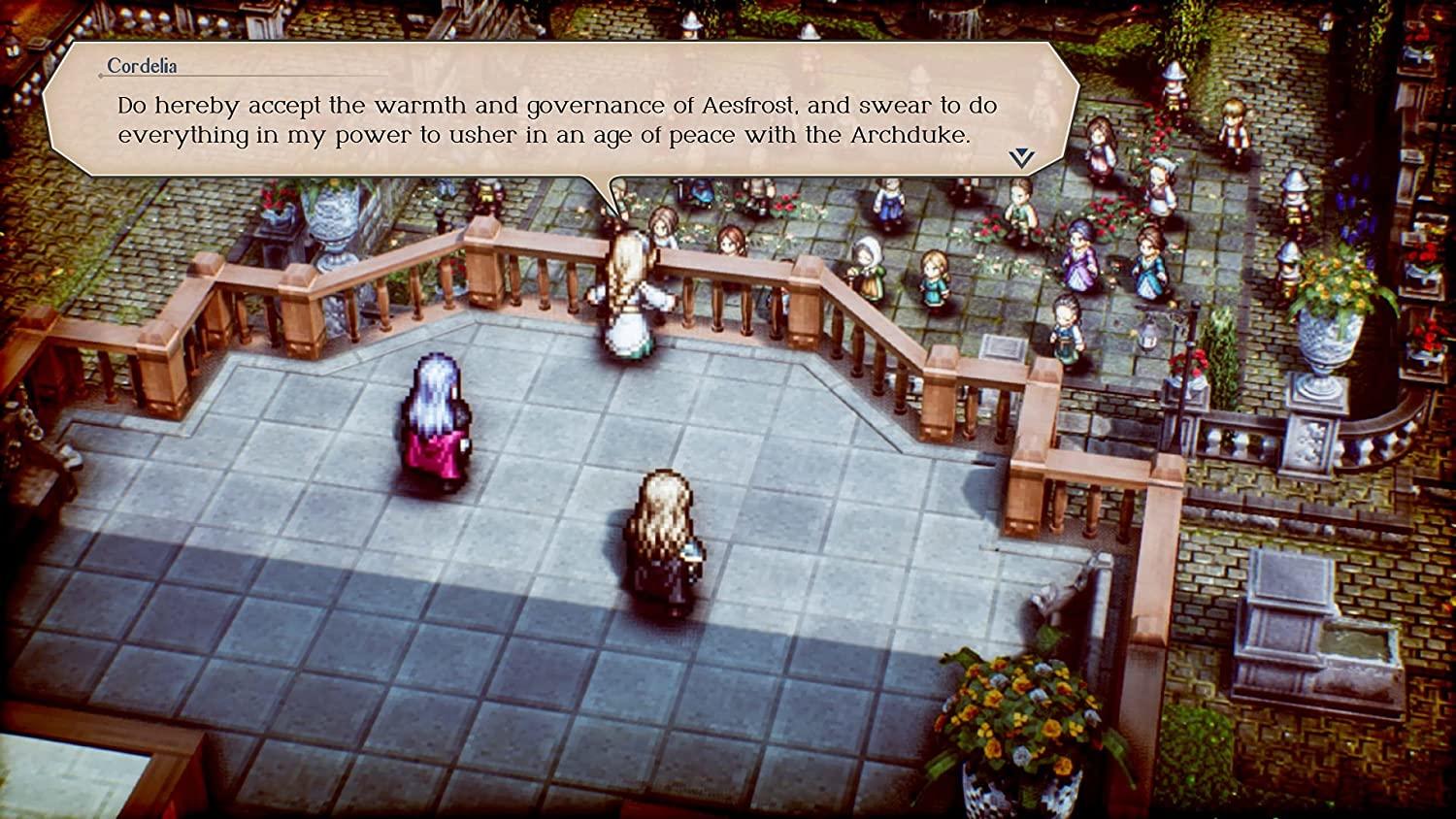
The second mode of play is the battles, which take place on a 3D map in which terrain and the high ground both matter. Players do more damage when attacking a foe positioned on lower terrain, and they also gain benefits from flanking an enemy or striking them from behind. Positioning in this game is critical, and the enemy AI will happily overwhelm your units and take advantage of openings even on the normal difficulty setting. This is a game in which you will lose units during a fight unless you’re very careful, and you often won’t have the luxury of playing fights safe due to the sheer number of enemies thrown against you.
Like the story itself, the fights in Triangle Strategy quickly escalate in terms of the odds being stacked against you, so you’ll need to understand how your characters work and use them to maximum effect. As noted before, each character has unique abilities in battle, with a basic attack and a handful of abilities that use Tactical Points. Players gain 1 Tactical Point per round, so they’ll have to balance when to spend those points or be faced with a critically important character unable to act at a critical point in time. Unfortunately, players can’t “split” their movement after an action. You have to position and then attack, or attack and then move away afterward. While I appreciate that this forces more hard decisions on the player, it also severely limits some of the tactics I was willing to use in battle.
Outside of battles and the story choices, players can improve their characters via promotion (which unlocks new abilities) or by upgrading their weapon. Resources are relatively limited in Triangle Strategy, so I opted to focus on a handful of characters rather than try to slowly upgrade my full roster. I appreciated that even using resources was “strategic” in the game, making every decision you make feel very consequential in the long run.
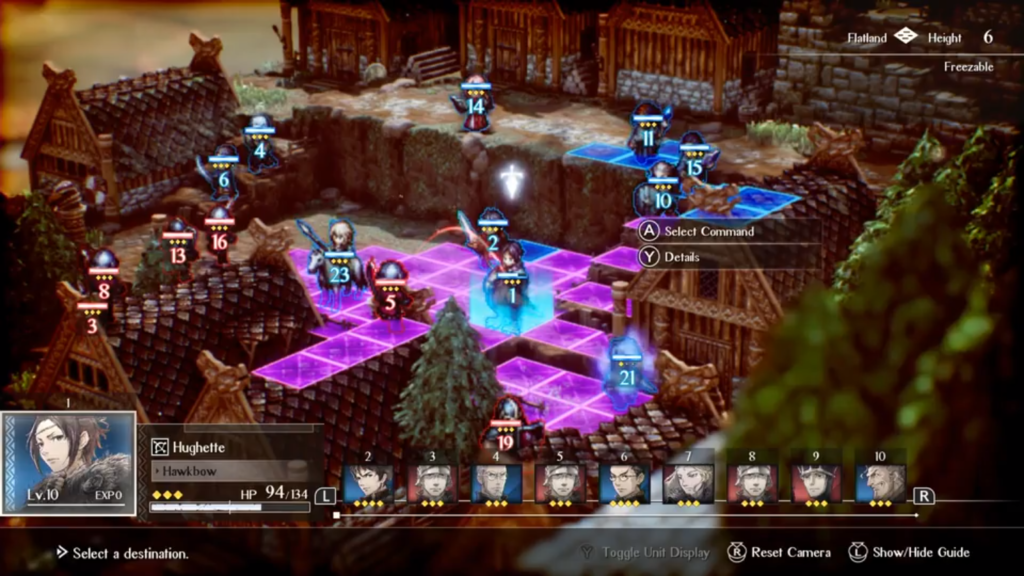
The most divisive part of Triangle Strategy will almost certainly be the pace of the game. Like Octopath Traveler, Triangle Strategy moves very deliberately. If you choose to watch every cutscene and attempt to fully explore every map when given the option, you might wait an hour between battles. The battles themselves also take a while to get through, in part because they can be so punishing. Your characters don’t have a tactical advantage over your opponents simply because they have names and unique pixel art, so you can’t just plow through a fight using sheer force. I like that Serenoa doesn’t start off the game as an overpowered protagonist (an issue I often have with the Fire Emblem games) but the fact that your characters are so… well, normal means that every fight can go wrong if you don’t approach it with deliberate care. Honestly, I love that the battles felt very tactical and consequential, but don’t expect a “quick fight” at any point.
Triangle Strategy is a very solid tactical game that rewards smart decisions. The conviction system that drives the story reminds me of the older Ultima games, and I appreciate that positioning is as important as a character’s abilities during combat. While Triangle Strategy suffers from some of the same issues as Octopath Traveler in terms of its slow pace, the game is still a worthy successor to the likes of Final Fantasy Tactics. This is a game that you’ll want to pour hours into, even if some of those hours are eaten up by cutscenes and monologues.
Rating: 4 out of 5
Triangle Strategy was reviewed on a Nintendo Switch OLED model with a review code provided by the publisher.
